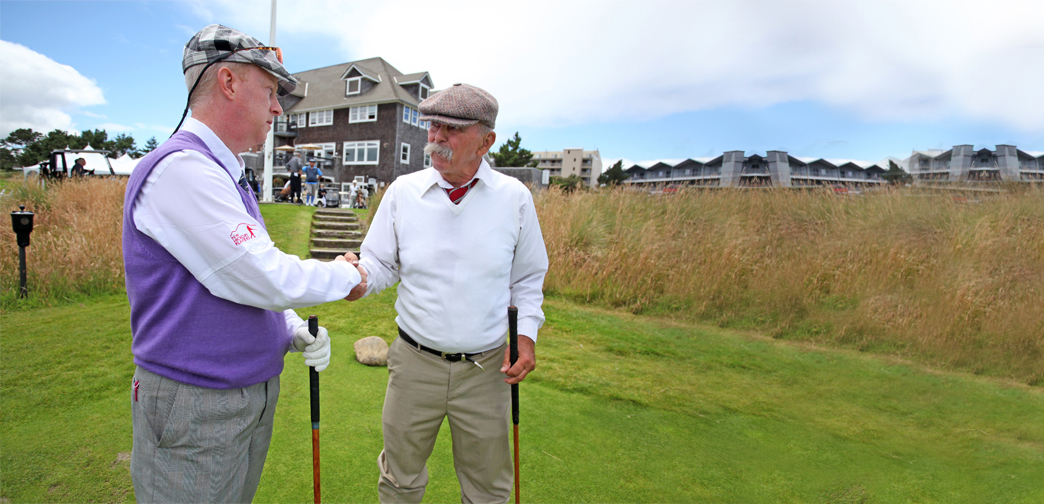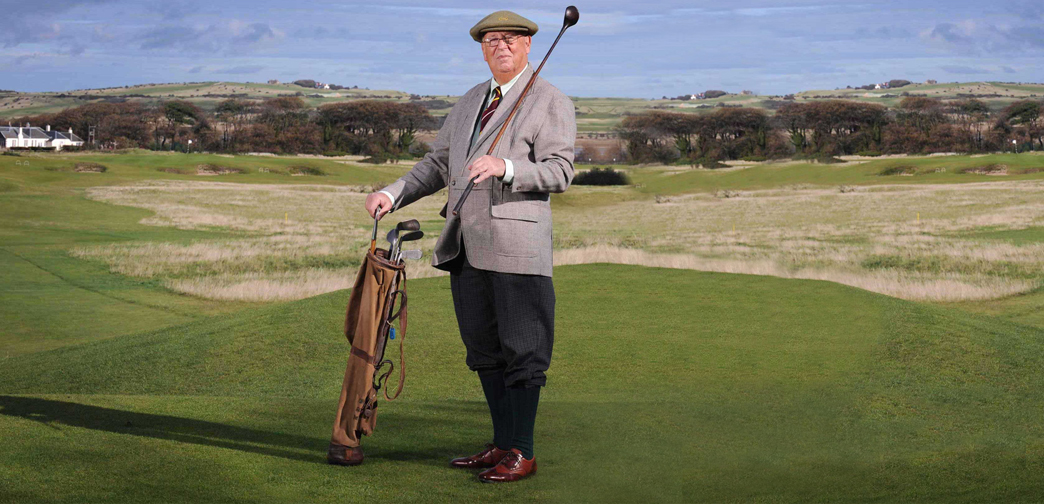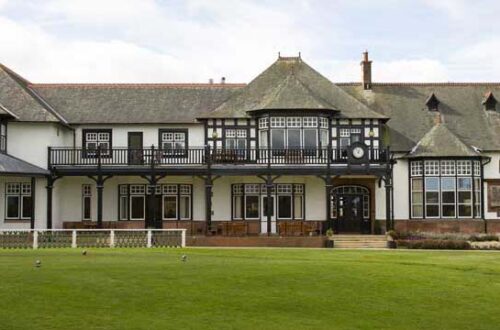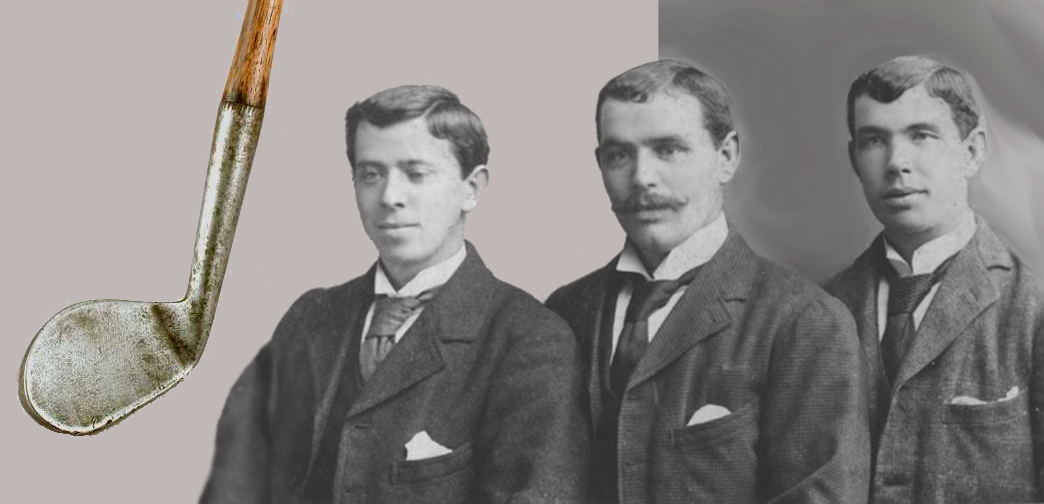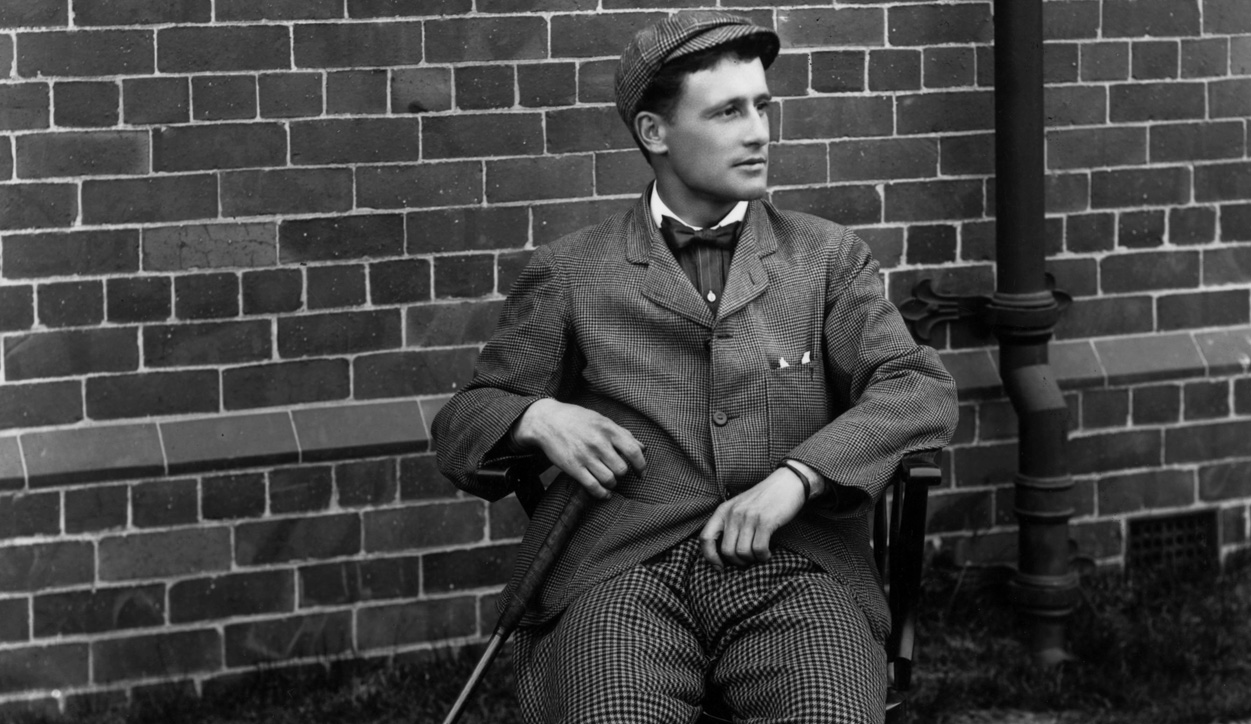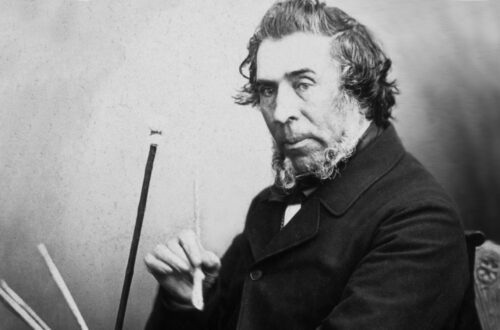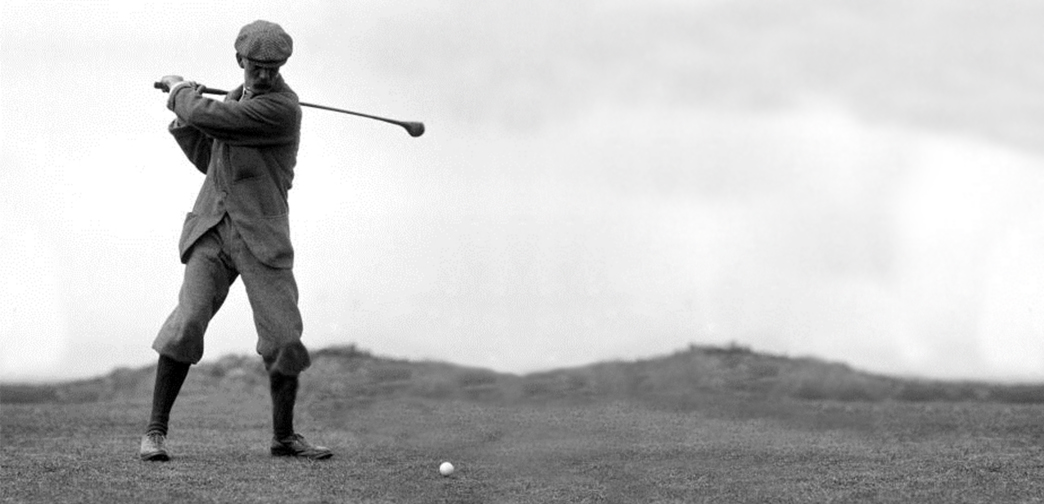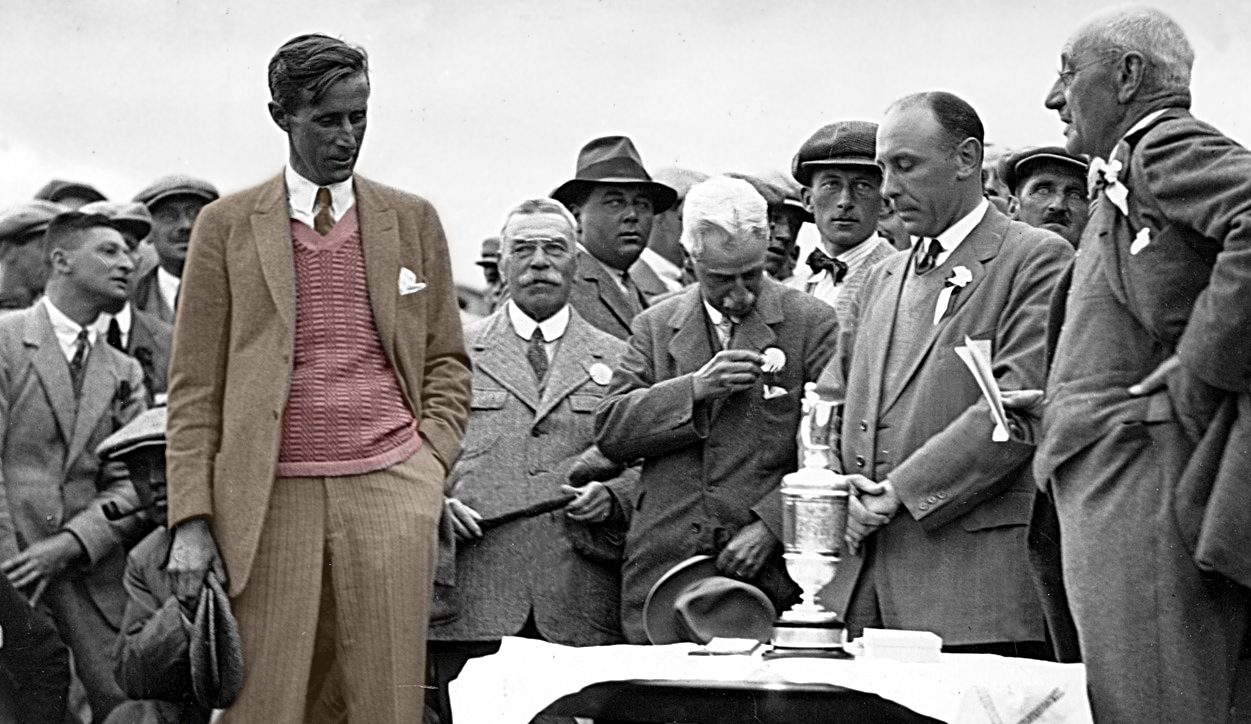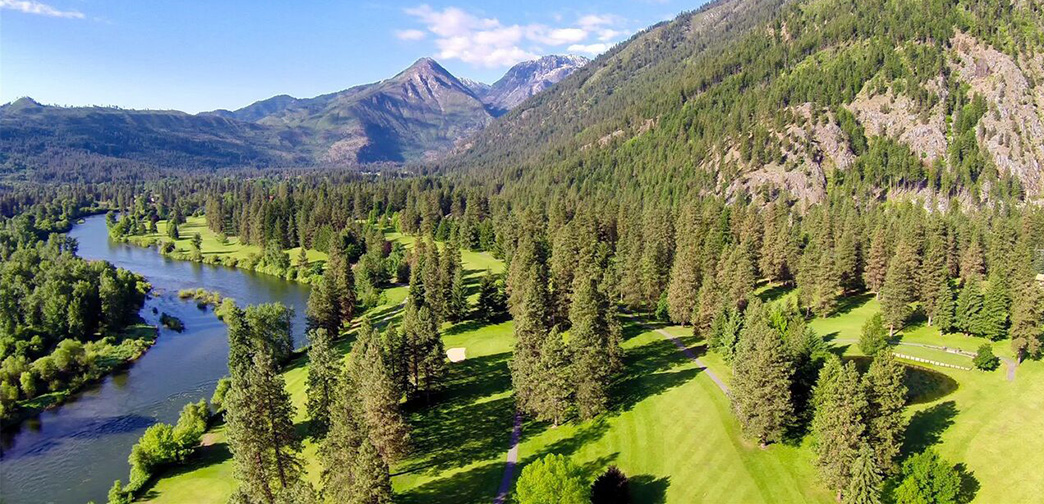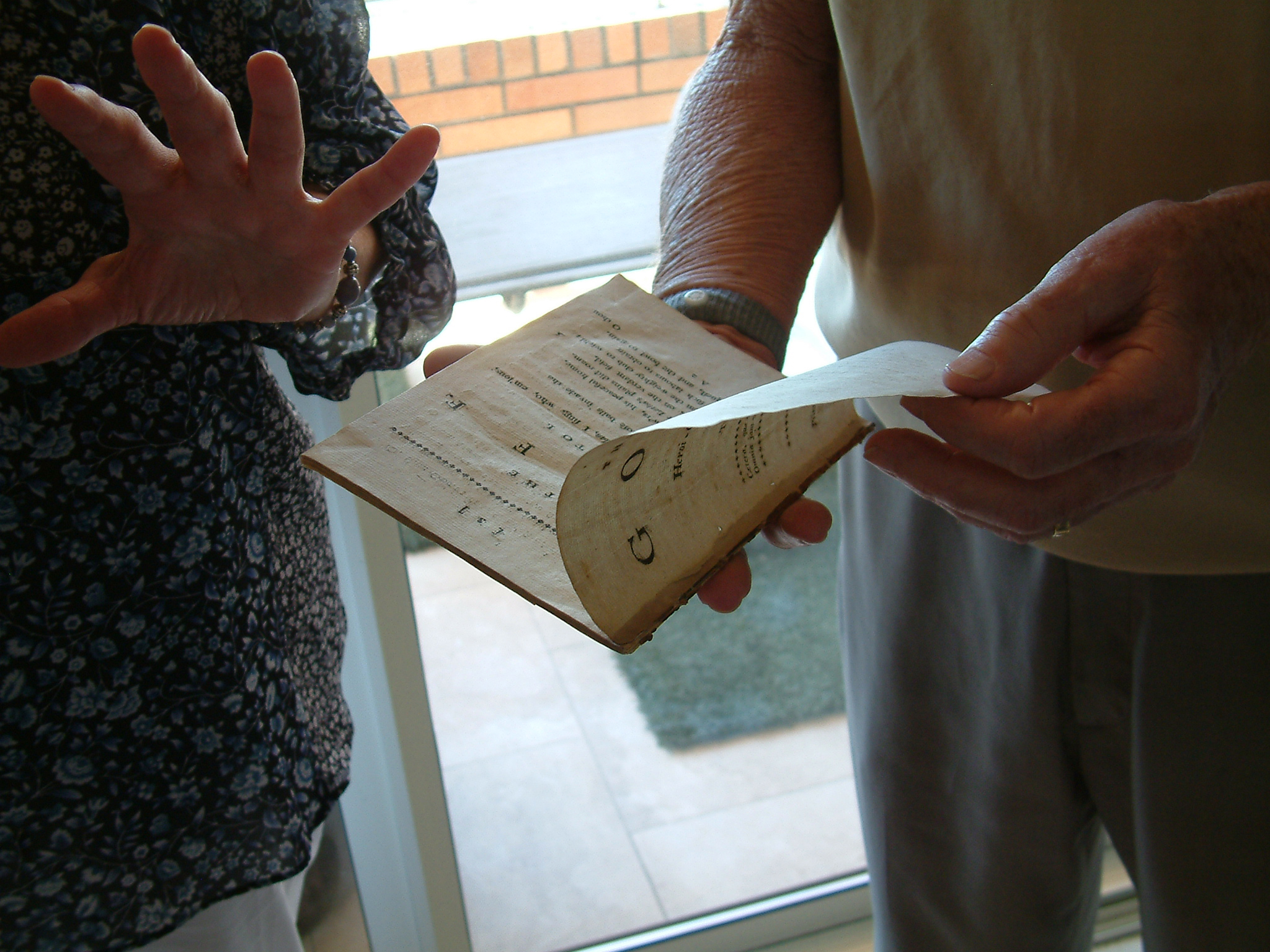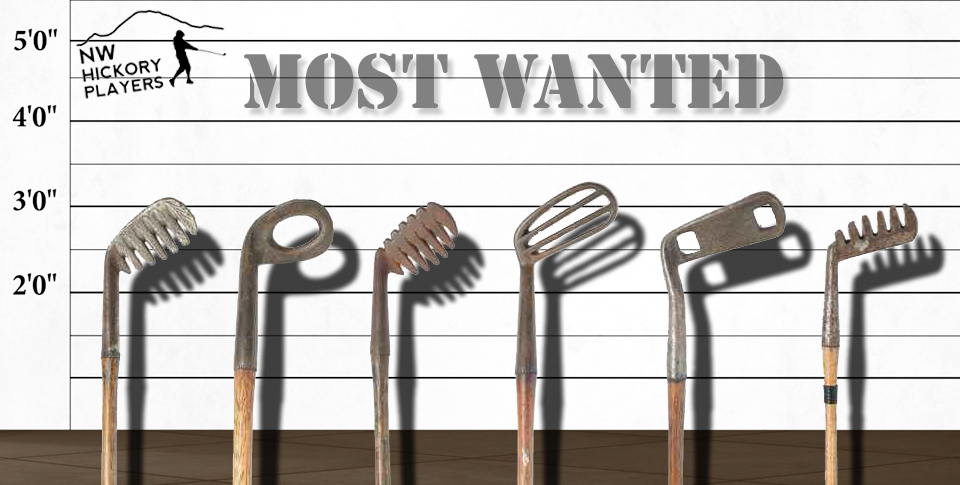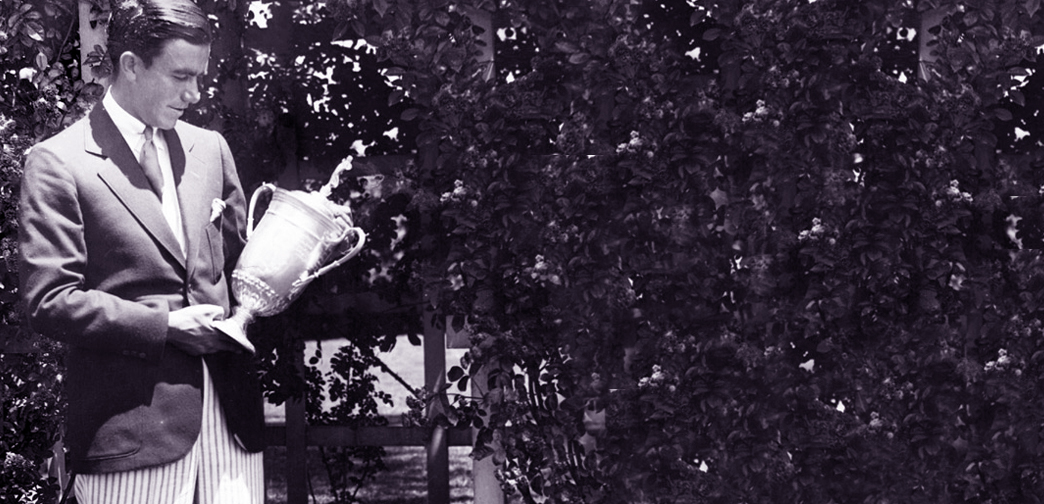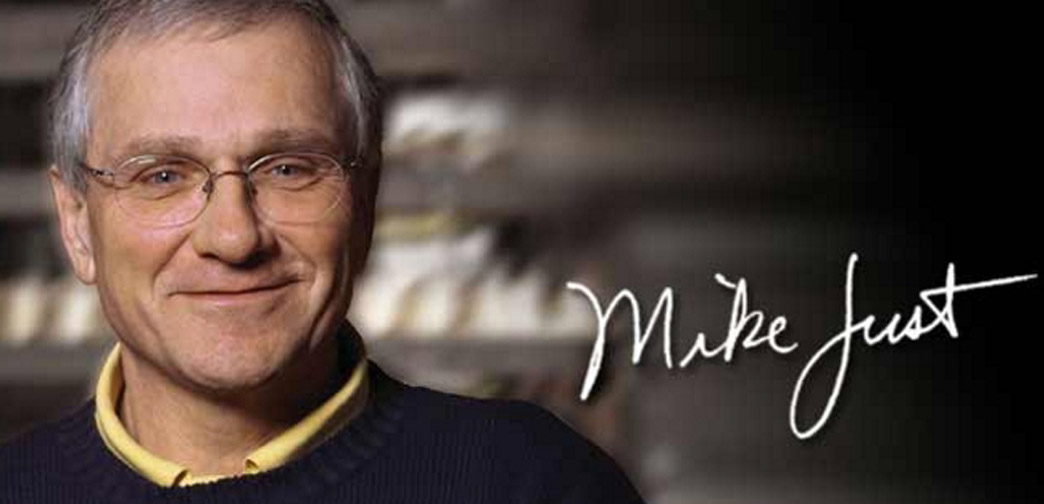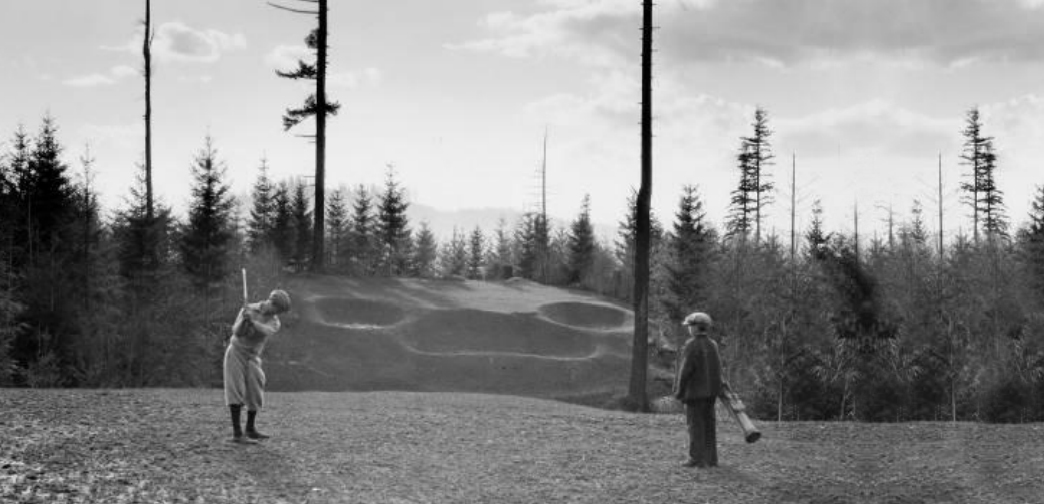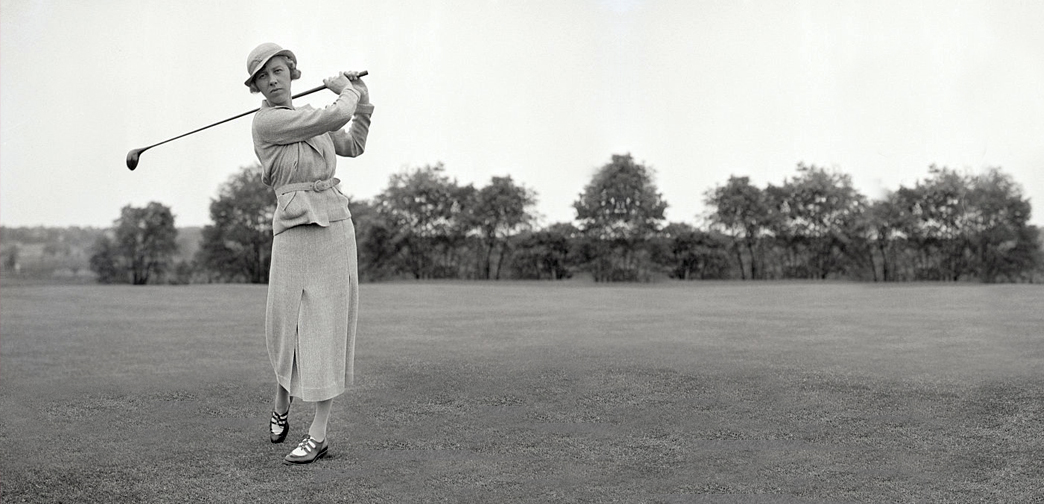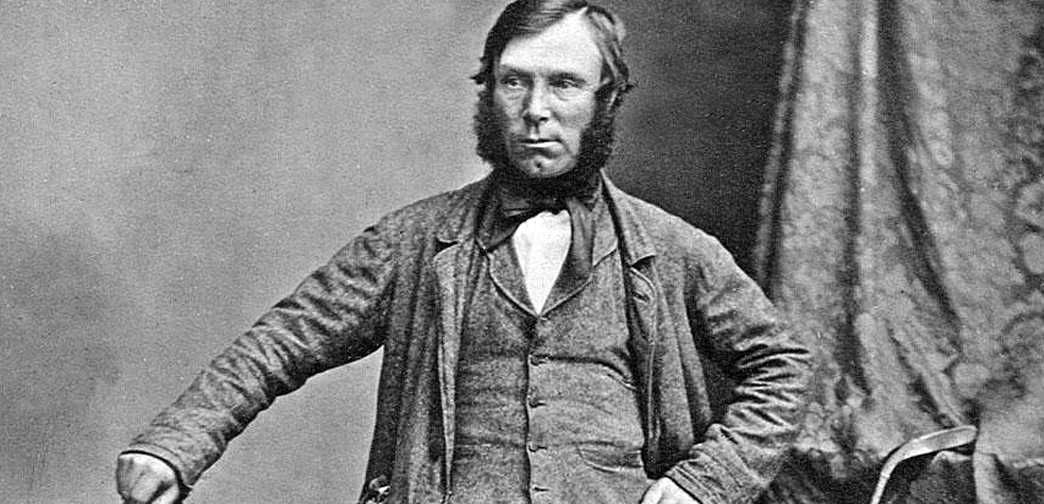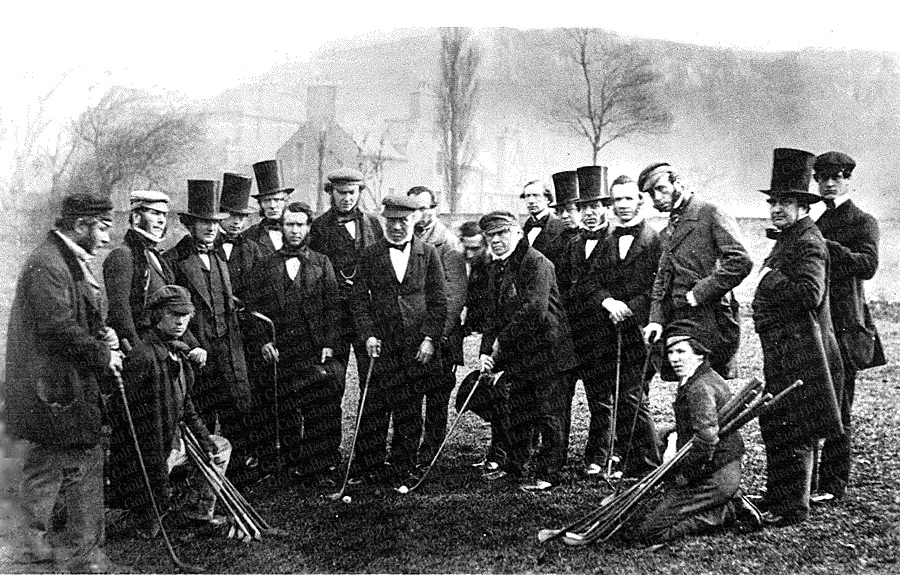Features
-
Play hickory.
Rekindle your romance
with the gameWelcome to the leading hickory golf website in the Pacific Northwest! We encourage you to rediscover the allure of the true game of golf and sign up for any of our upcoming events. Northwest Hickory Players membership is free – there are no obligations, just come out and play! We have many rental sets available for your first adventure, including a complimentary loaner set for your first outing with us. Our group is growing quickly and we welcome you to join us, men and women alike! Please explore our website for photos and write-ups of past events and contact info on our “About Us” page. Contact any member for questions! EmailFacebookTwitterPinterestPrint
-
Harold Hilton: Modern Golf (1913)
BOOK REVIEW MODERN GOLF by Harold H. Hilton Outing Publishing Company, 1913 by Robert A. Birman I recently read Harold H. Hilton’s 1913 book, Modern Golf, and was enlightened and entertained with every passing chapter. Hilton was winner of the British Amateur three times at the turn of the 20th century (1900, 1901 and 1911), once winner of the American Amateur Championship and a two-time British Open champion in 1892 and 1897. I found myself midstream with three period pieces over the holidays this year; Harry Vardon’s The Complete Golfer, Horace Hutchinson’s Fifty Years of Golf, and Hilton’s so-called Modern Golf. I found myself putting down Vardon to finish both…
-
Tacoma’s Jim Barnes was a thinking man’s golfer
Born in Cornwall, England, Jim Barnes came to the United States in 1906 and became one of the world’s finest players. He won the first PGA Championship in 1916, defeating Jock Hutchinson in the final match, and successfully defended the title in 1919 after a two year lapse due to World War I. Jim won $500 and a diamond medal for each victory. He won the 1921 U.S. Open, defeating Walter Hagen by eight strokes at Chevy Chase Club, near Washington D.C., and the 1925 British Open at Prestwick Golf Club in Scotland. He was a four time champion of the Northwest Open. Jim was the golf professional at Tacoma…
-
The Rake’s Progress:
Rare Clubs Fetch Record PricesA New York Times article on sports auctions in 1989 cited what was then a growing trends and a wide shift in pricing for rare, period golf clubs. In specific, they suggested, a “lack of buyer education and the field’s relative newness mean prices occasionally fluctuate wildly at auction. It also means canny buyers can pick up a bargain.” At a then-still-recent Sotheby’s sale, according to the same article, “Jeffrey Ellis paid $12,672 for a large ash-headed putter whose value had been estimated at merely $400. The putter’s size, shape and markings suggested to him an 18th-century club, possibly by the Scottish maker Andrew Dickson. Among its markings was “G.I.E.,”…
-
What’s in a Name … the Club Professional’s Mark
Do you wonder who that person is whose name is on the back of your hickory clubs? No, I don’t mean T. Stewart or George Nicoll whose names are well known and well documented. I mean the other names: names like Joe Sylvester, R. Johnstone, Jos. Jefferson, R. W. Ball, J. Dagleish, and myriad others. You already know that, in most cases, these are the names of club professionals, some famous but mostly obscure. These club professionals would import clubs from clubmakers like Stewart and Nicoll and then stamp their own names onto the club heads before matching them to hickory shafts which they then offered for sale to their…
-
Joyce Wethered: The Great Lady of Golf
Joyce Wethered: The Great Lady of Golf (Tempus Publishing, 2004) Review by Robert A. Birman Rereading Basil Ashton Tinker’s scrupulous expose on the legendary lady of the links, Joyce Wethered, I was reminded of the J. Paul Getty quip, “The meek shall inherit the earth, but not the mineral rights.” Joyce Wethered: The Great Lady of Golf (Tempus Publishing, 2004) chronicles a remarkable life of relative privilege (Wethered’s progenitors gained wealth via ownership of several coal mines), yet filled with the usual grit and hard work that characterizes a champion. This “great lady” lived 96 years and one day. She was known as Lady Heathcoat-Amory for the majority of her…
